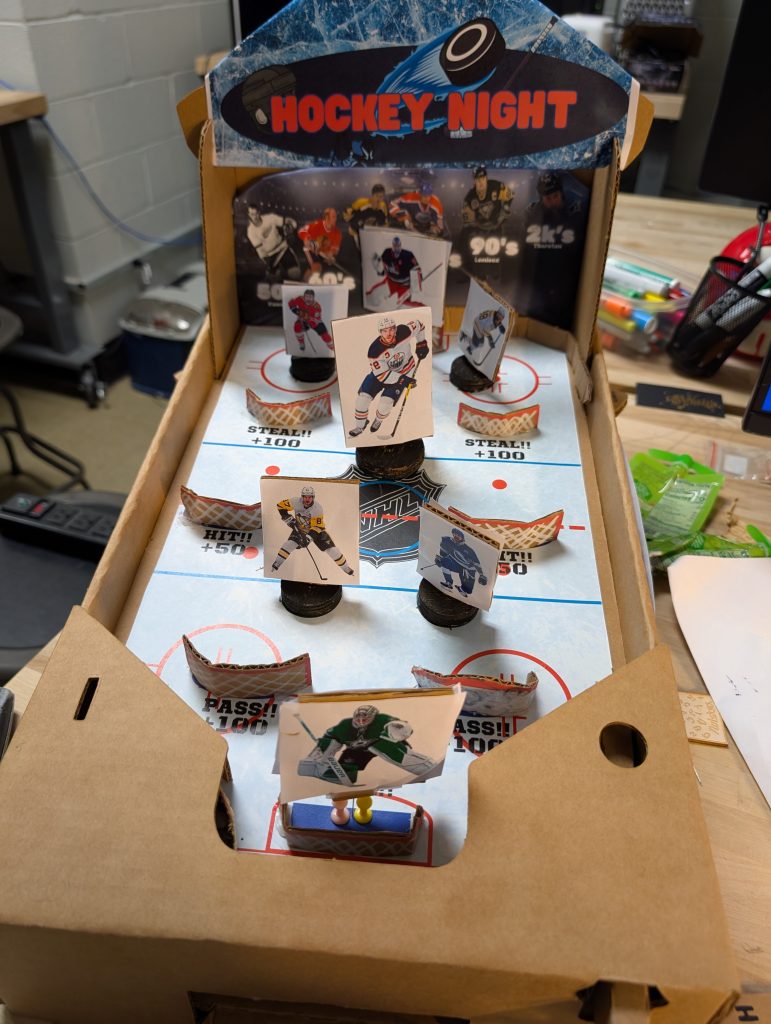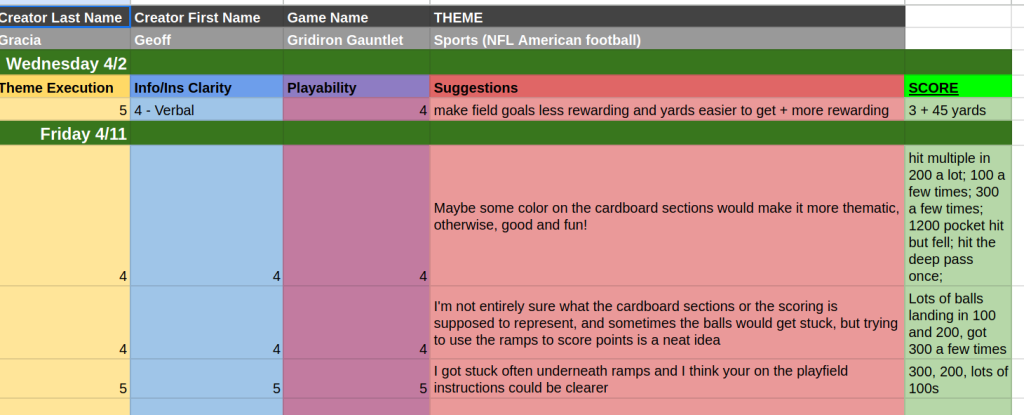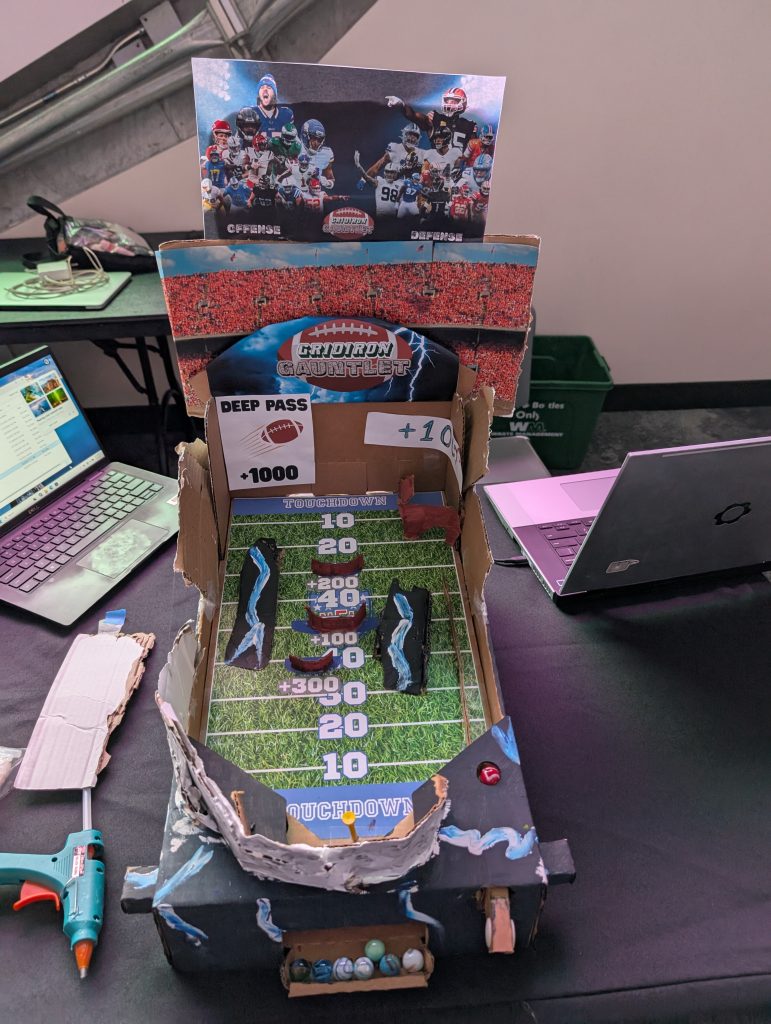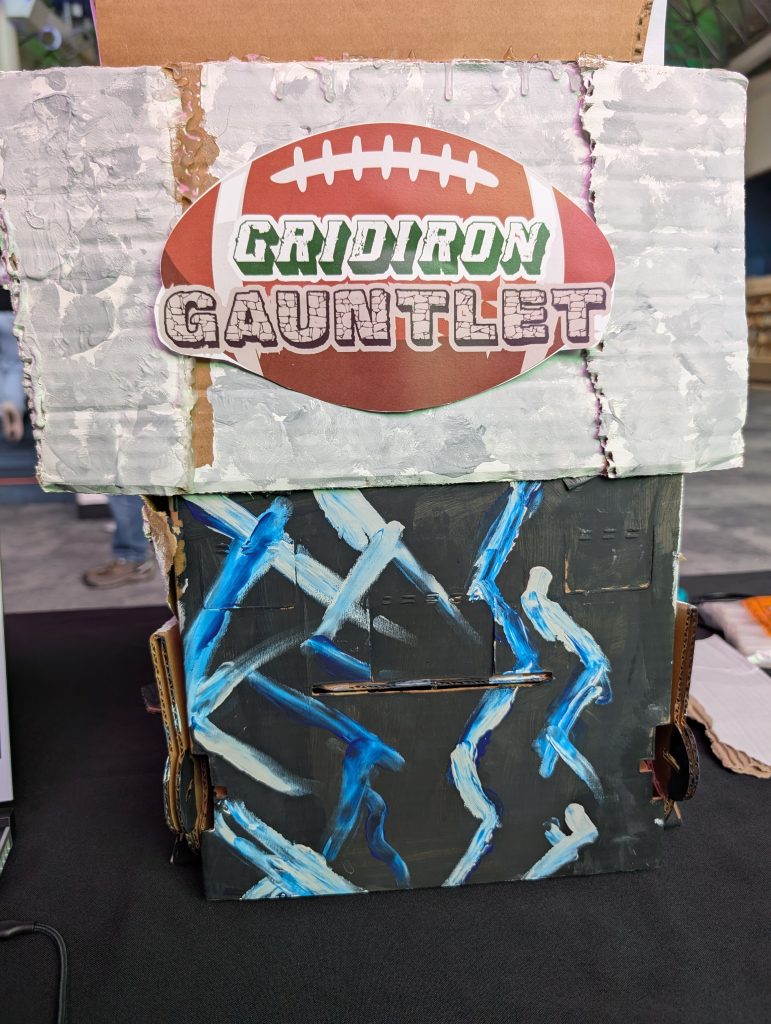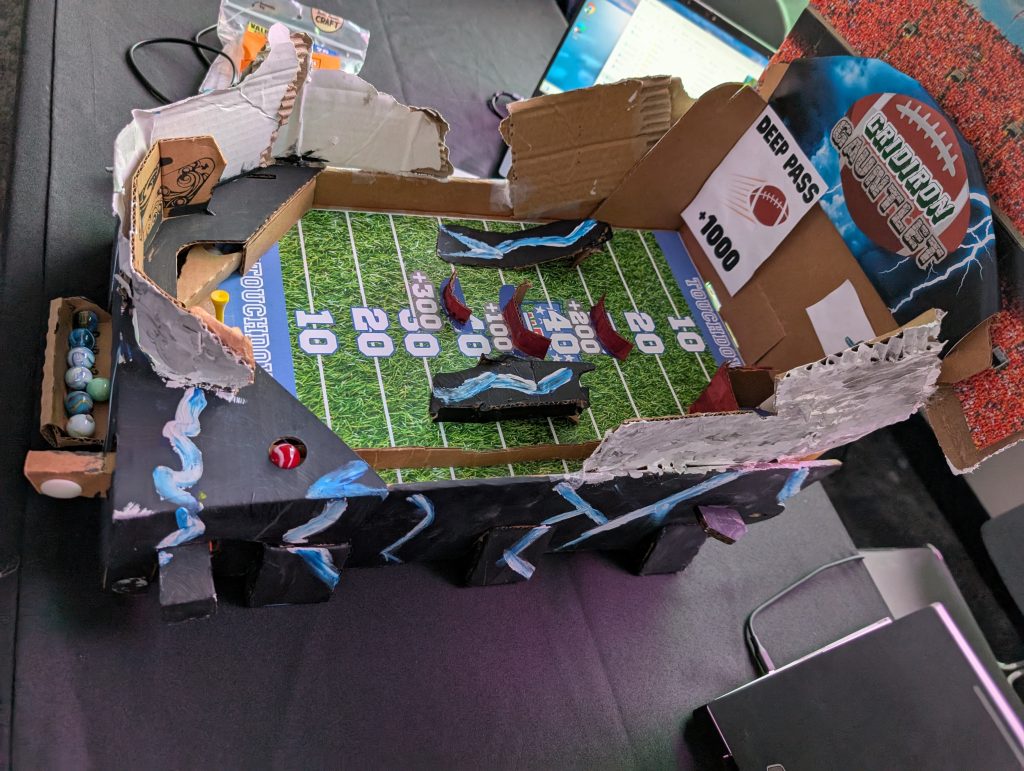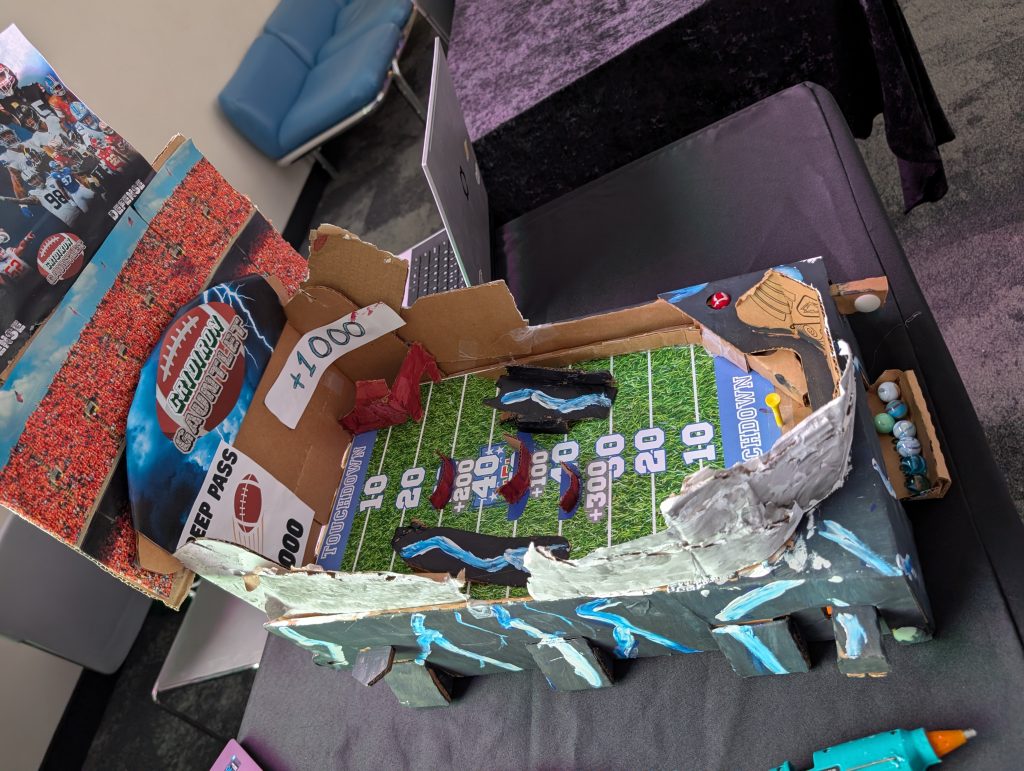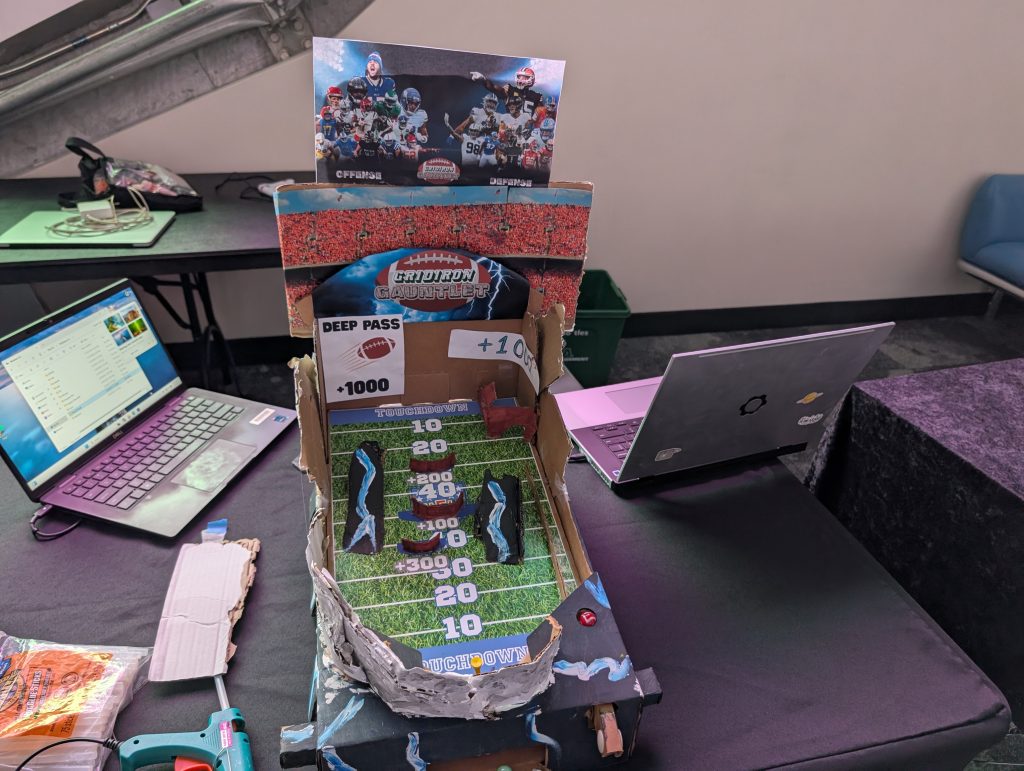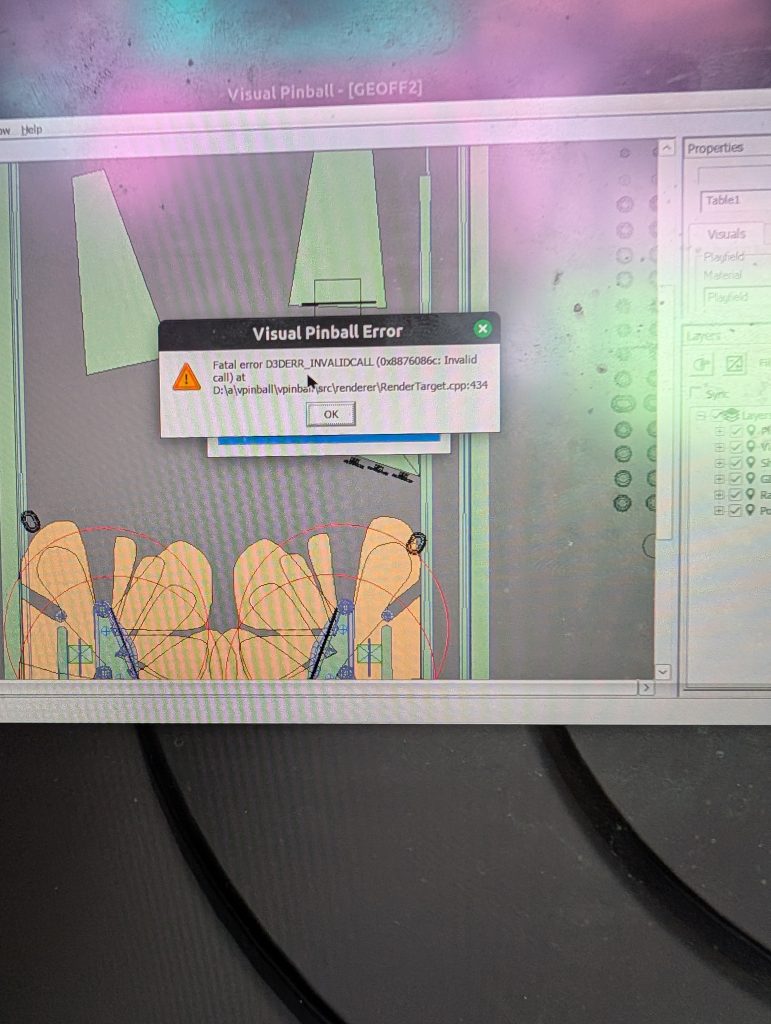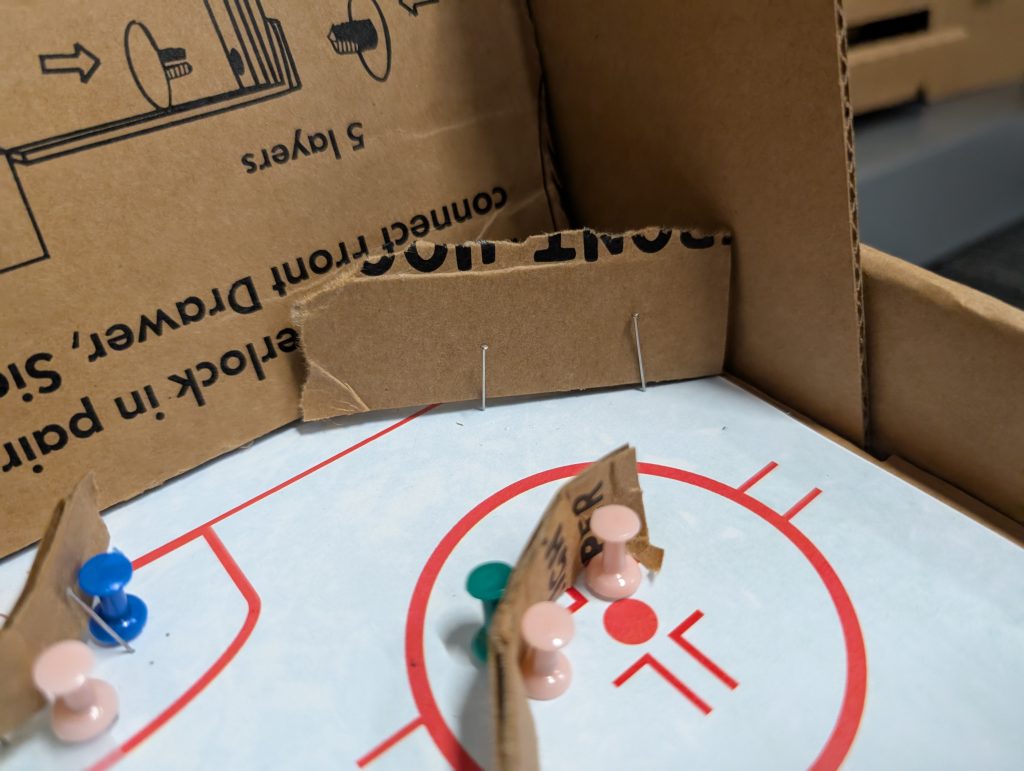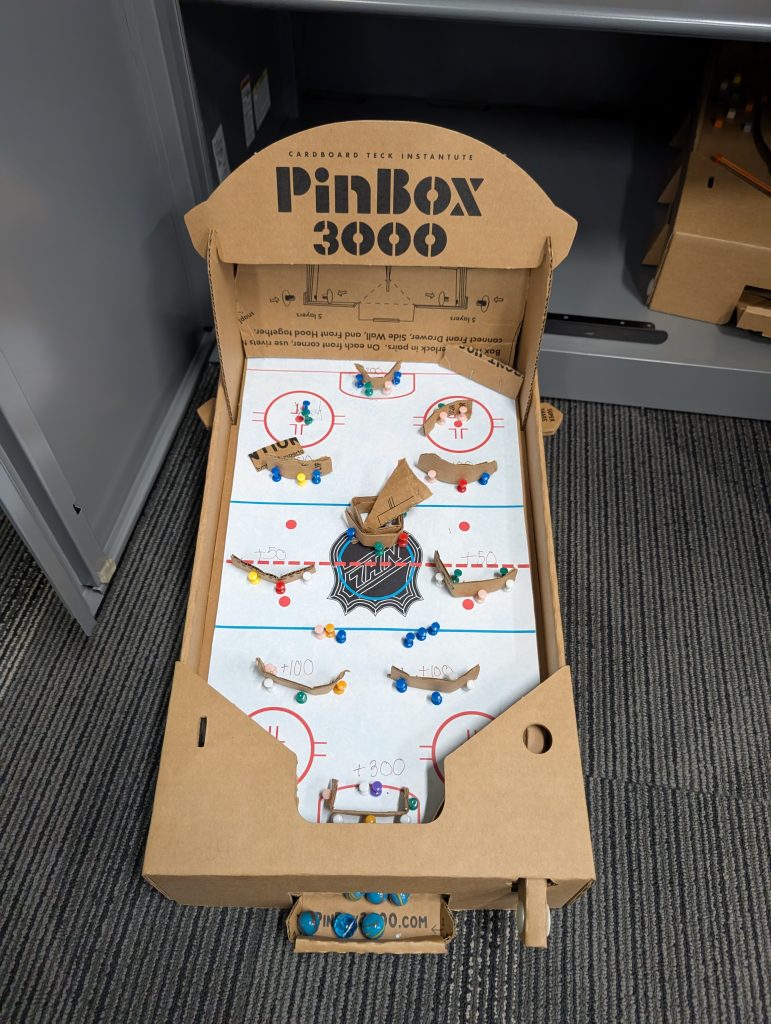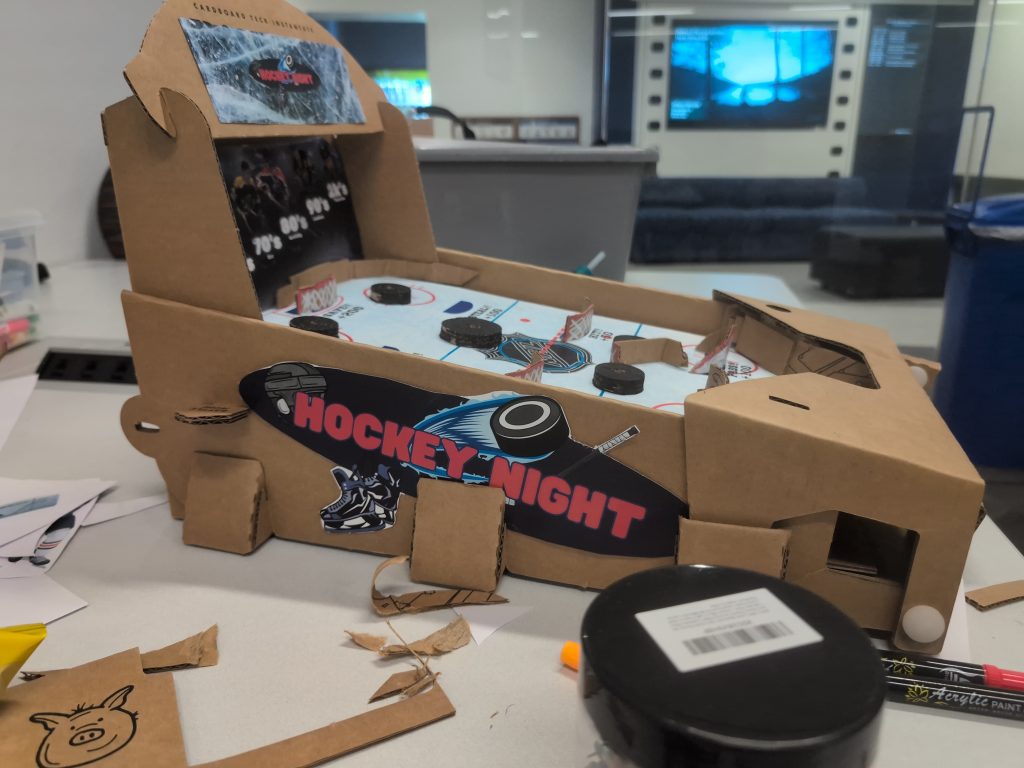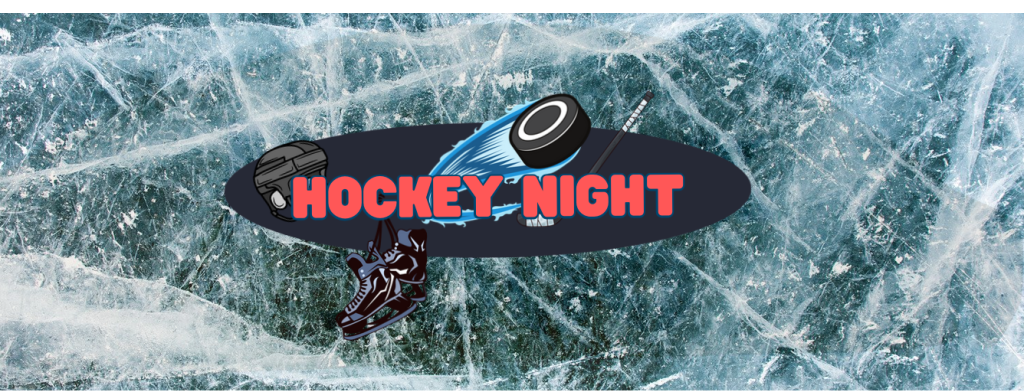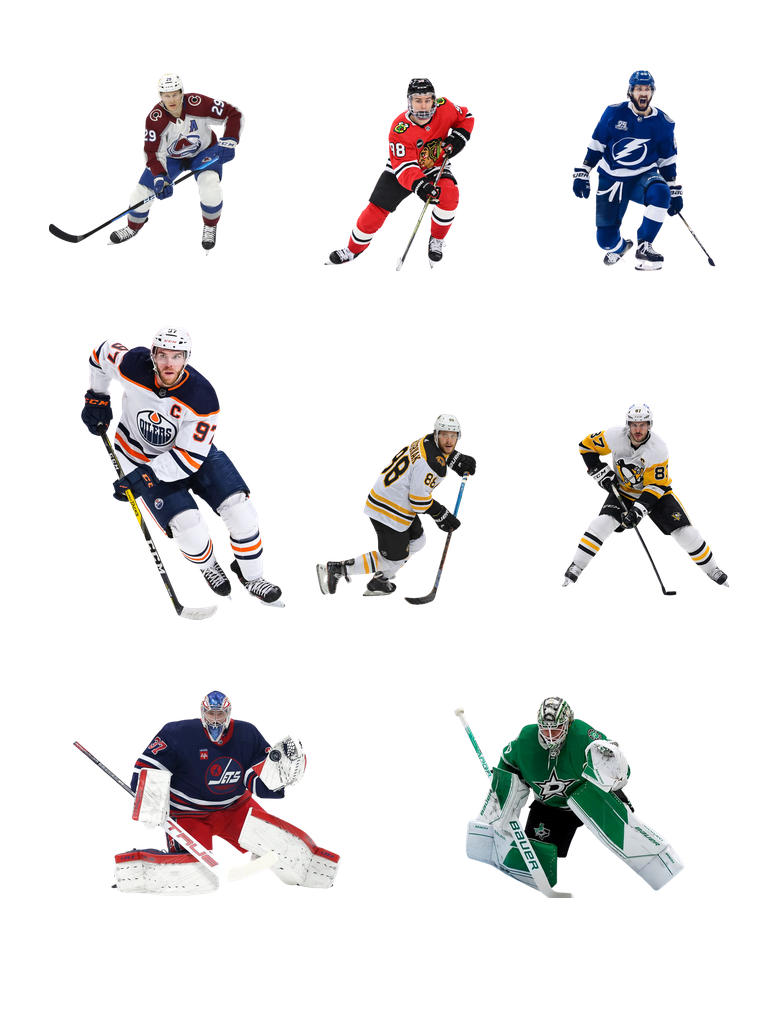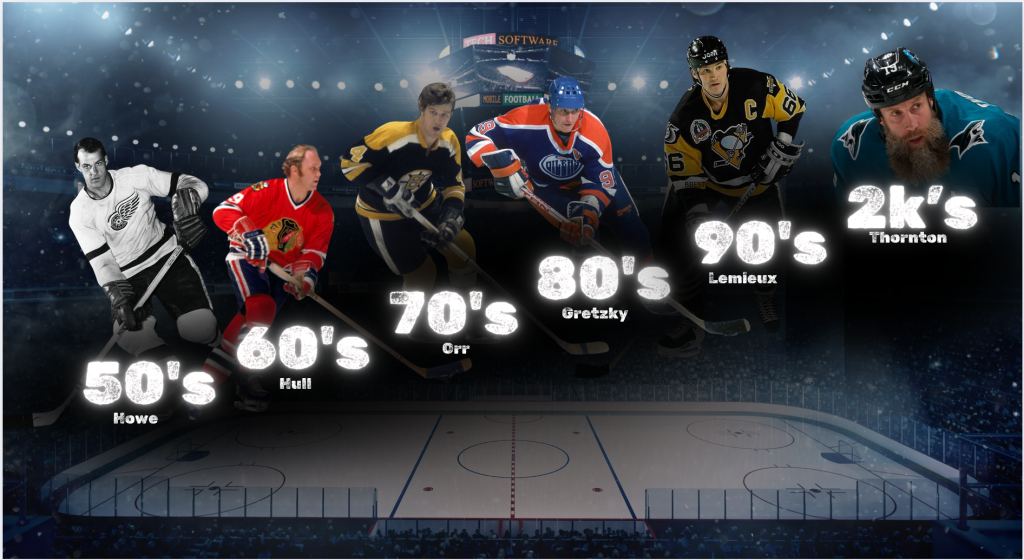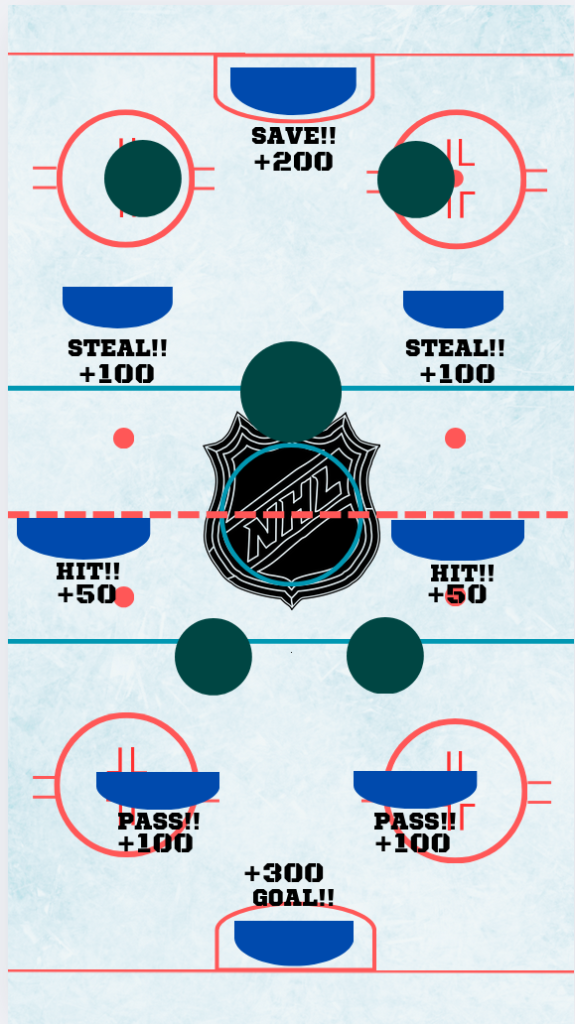You can see my original machine here.
My Visual Pinball you can find here, <- Although it was not shown at either for reasons of software issues and technical difficulties with mobile ports of VPX ( S.J. knows)
Imagine RIT
General content
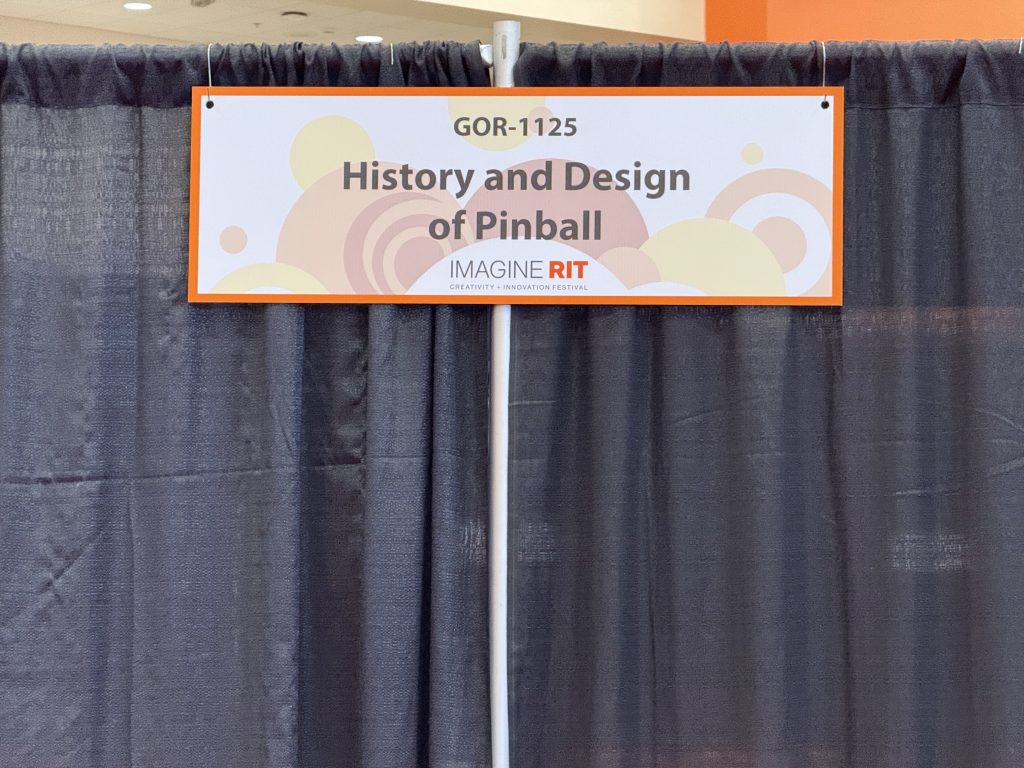
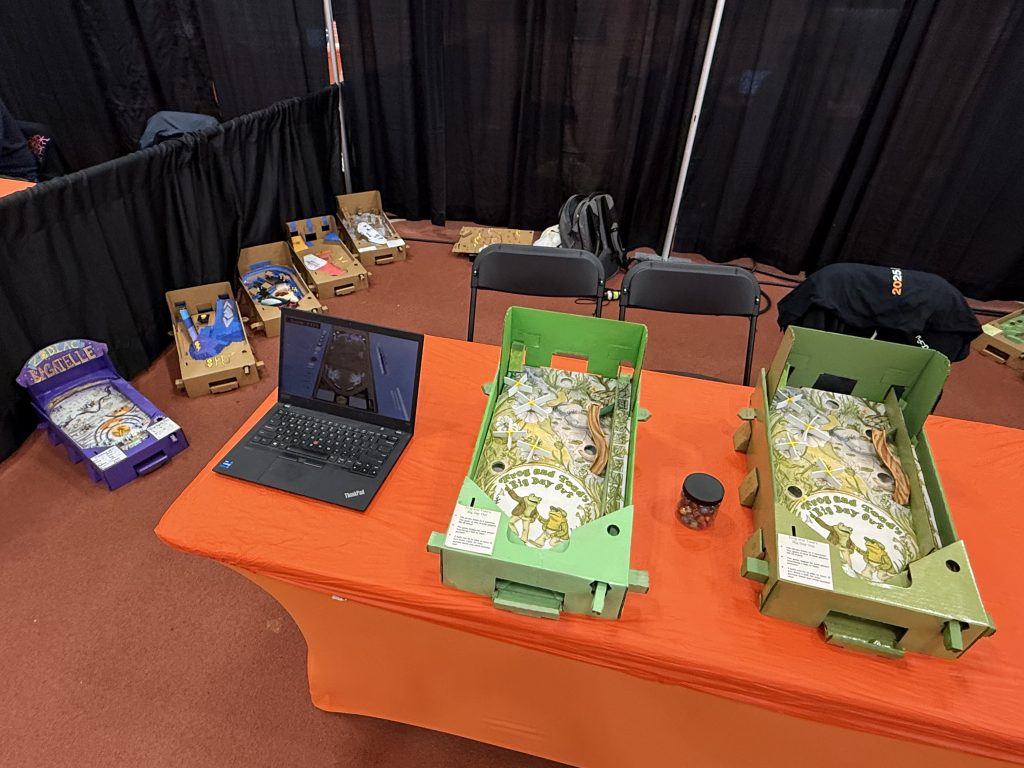
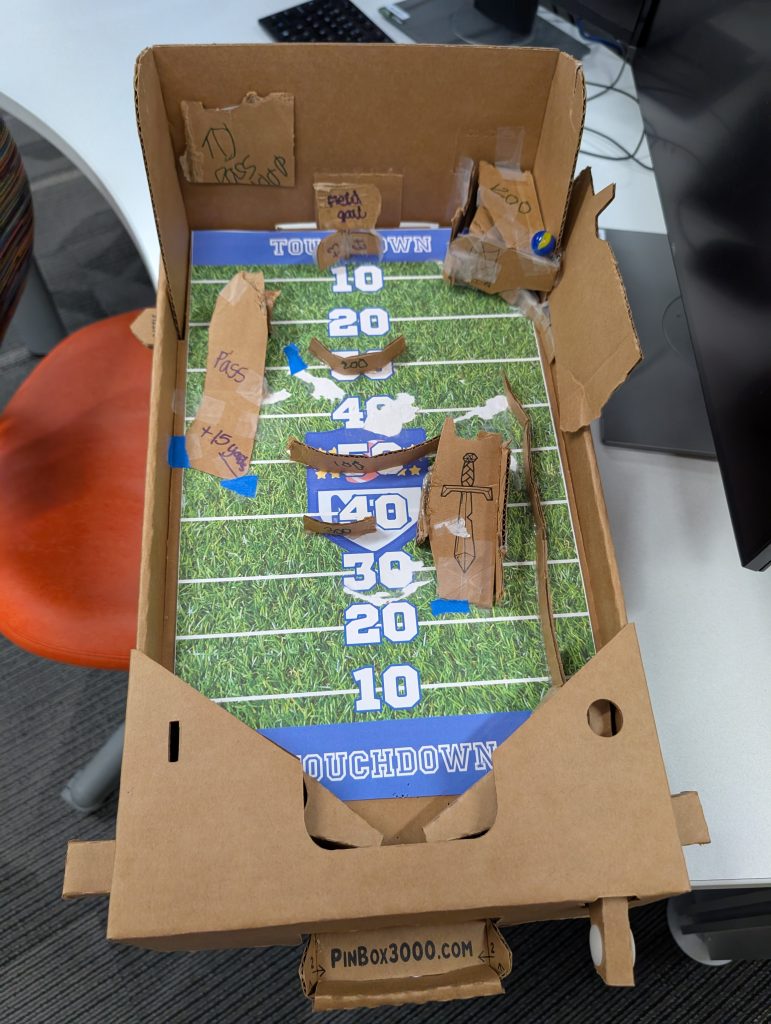
- My shift was the first one of the day on Imagine show day. I never was able to get a picture of me there with my table on my shift. The middle picture was during my shift and taken a moment before I arrived. The idea of tabling wasn’t new to me as I had done it all 4 years up until that point. I didn’t get to stay for too long past my planned block as I had to attend my capstone most of the day (9-5), and didn’t have a laptop (despite the fact it never got to run my VP project) as I was running that same capstone project hosted from my laptop the whole day in Gannett
- I made some repairs ON my arrival. The machine looked more like the one above and I had added all the large walls and edges around the outside that are on my final. I was still in a “playtest” phase because I wanted to get more usage data to see how hard or where players were hitting and where it went off the table. While I didn’t get a formal player feedback documentation and not a ton of people to play the machine in that short hour, I was able to see how people interacted with it and what needed change or rework immediately. I saw the plunger needed strength and stability as an example. Older and very young play testers tended to struggle with the finesse the one rubber band and my playfield internals were set up. I made that note and change among others for Strong.
- Made the walls permanent (you can see them in the final version at the Strong) and added more rubber bands to my launcher to increase pull back tension and power.
Strong Museum Pinball Day
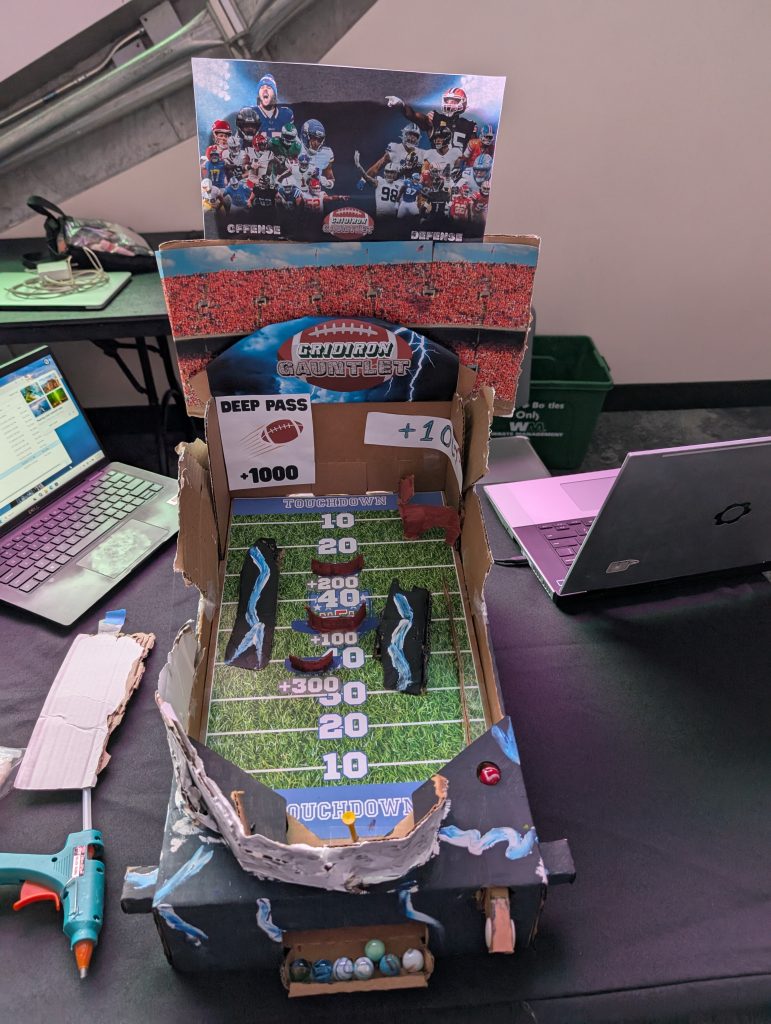
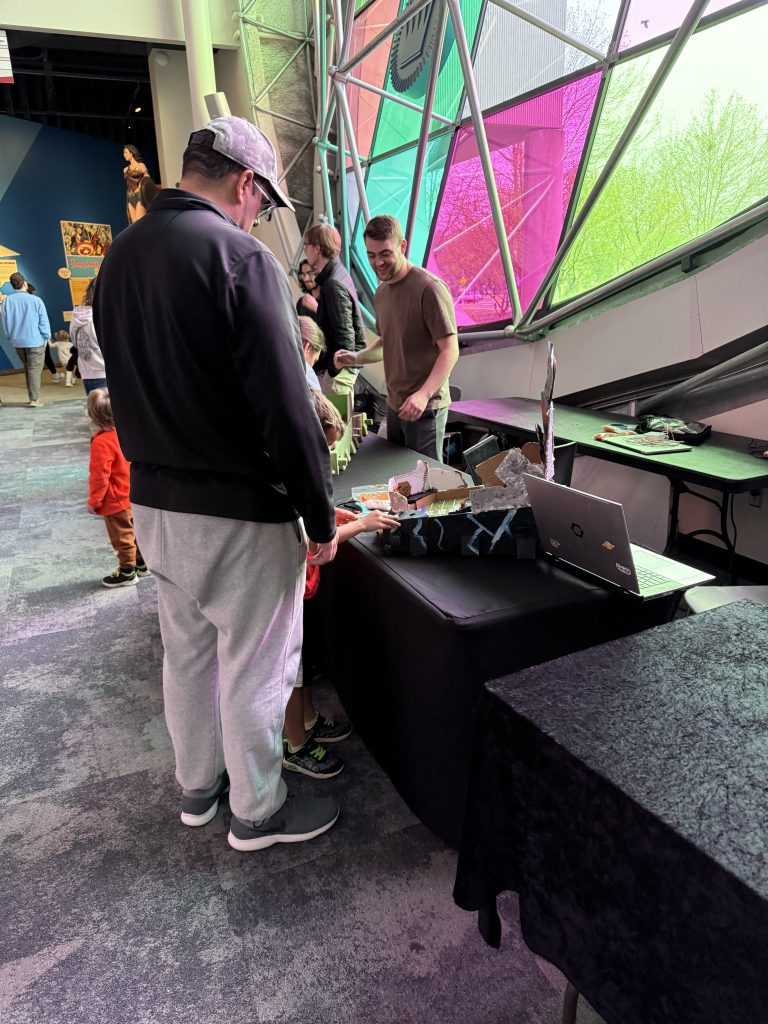
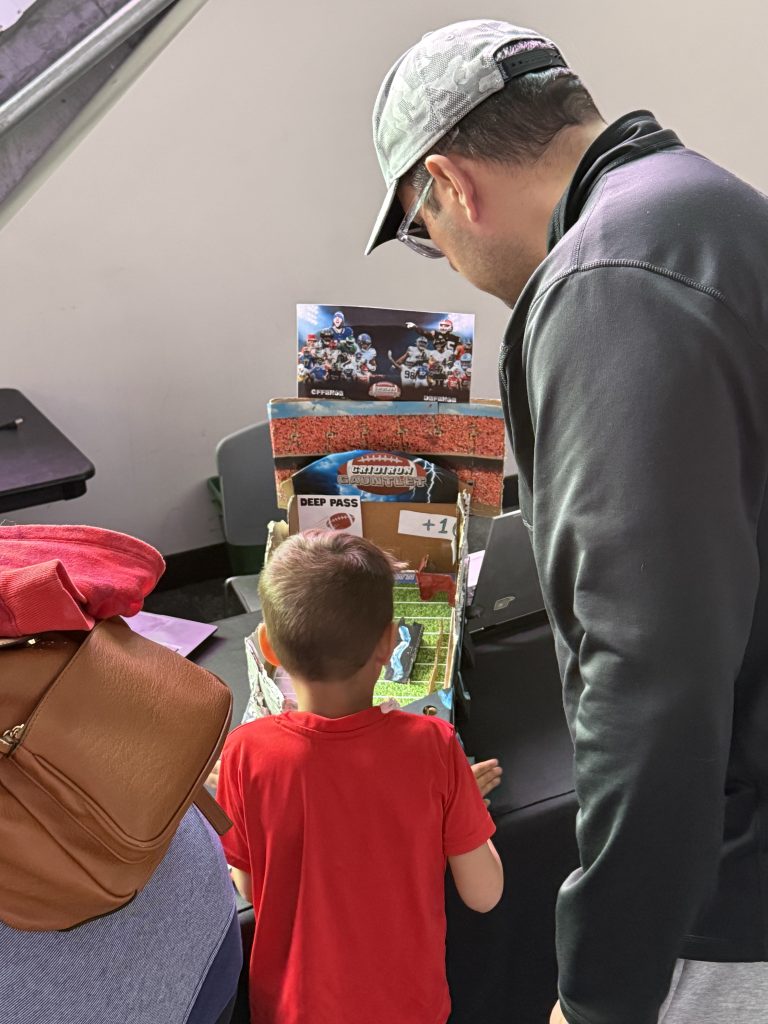
- This did feel like a long time. I did have some trouble arriving (showed up late into the first hour) because of needing to pick up a laptop from the library when it opened to install and run my VP. This attempt ALSO did not work and left me only being able to run .vpt which was not what I had setup. So I just wanted to perfect my Visual Pinball based on what I saw that day. Linux on my daily laptop did become the bane of my digital project :(.
- I learned a lot more people than I thought were very adverse to playing because they were in “hands off” mode since most of the parts of the museum are record keepsakes that can’t be touched. It made people more reluctant to use our machines despite no issue
- I learned that the designers and I had similar areas when adding created “branding” to the tables. On close inspection, I did see their elements were a lot higher print quality, but got feedback from Ben that said he really enjoyed the smoothness of my playfield heavyweight print, which made for good ball physics. He and his team also complimented a small but favorite thing about my table which was my “ball save peg” in the middle of the flippers on my cabinet that was heavily inspired by machines I love to play with that feature.
Takeaways From The Class
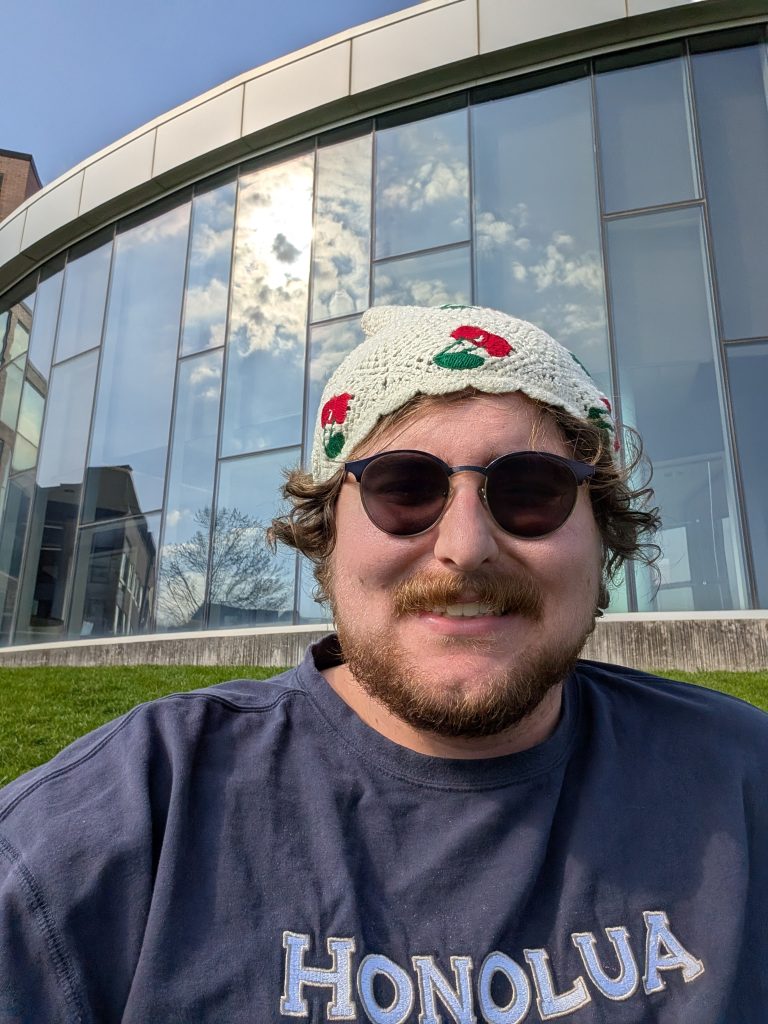
I GOT TO TAKE A PINBALL CLASS!! Just that fact alone was pretty darn cool. I hadn’t had a physical or tabletop-akin design and development class: I had wanted to take one and this course gave me that opportunity. ALL WHILE BLENDING PRIOR INTEREST AND PASSION! I loved the craftmaking and print-marketing design work I used and it made me feel truly confident in my creation skills. It made me feel comfortable (aside from Linux package things) and knowledgable enough to play or work on VP, tables which were something I had heavy interest in before this class but didn’t know where to start. It was also a joy for me to learn the history, see The Strong pinball behind the scenes, and “talk shop” about favorite tables others and I have. It was a blast of a class and something that lived up to my internal hype. And it never ceased to suprise someone: “YOU CAN TAKE PINBALL AT RIT??!”

